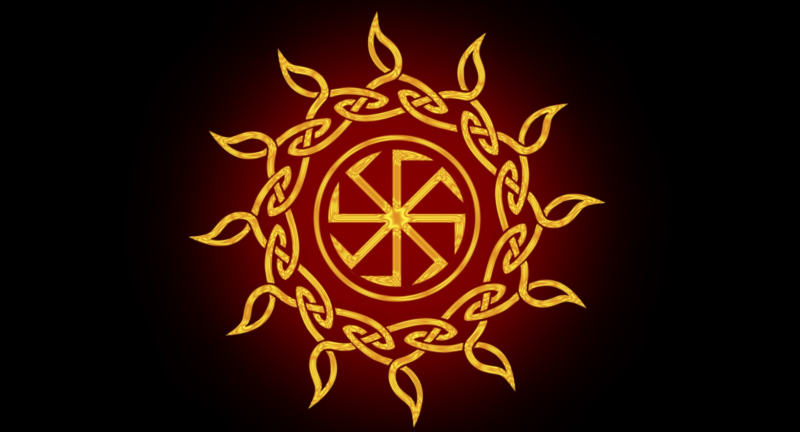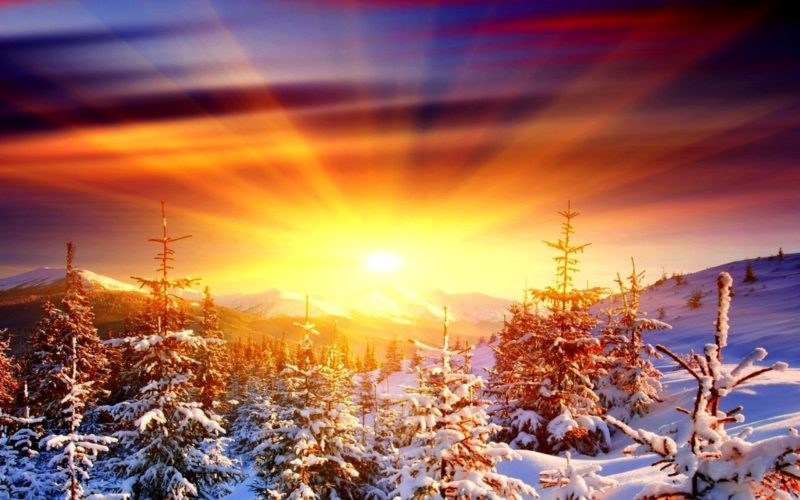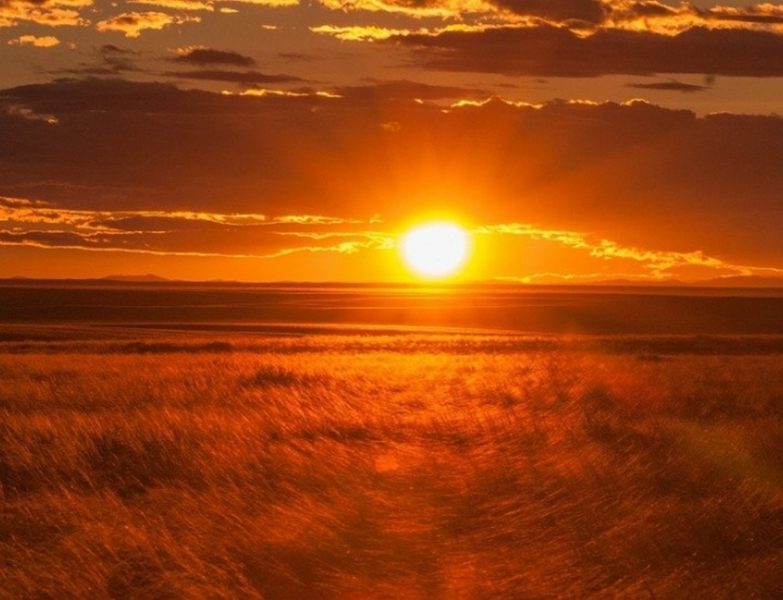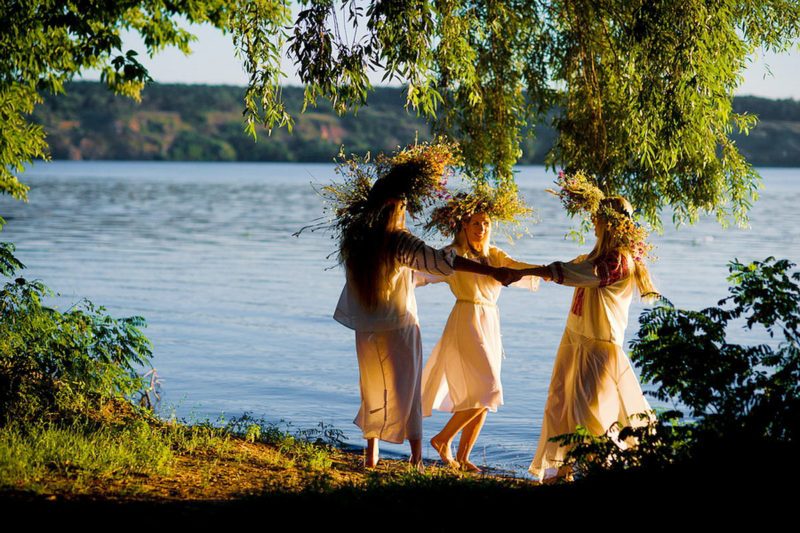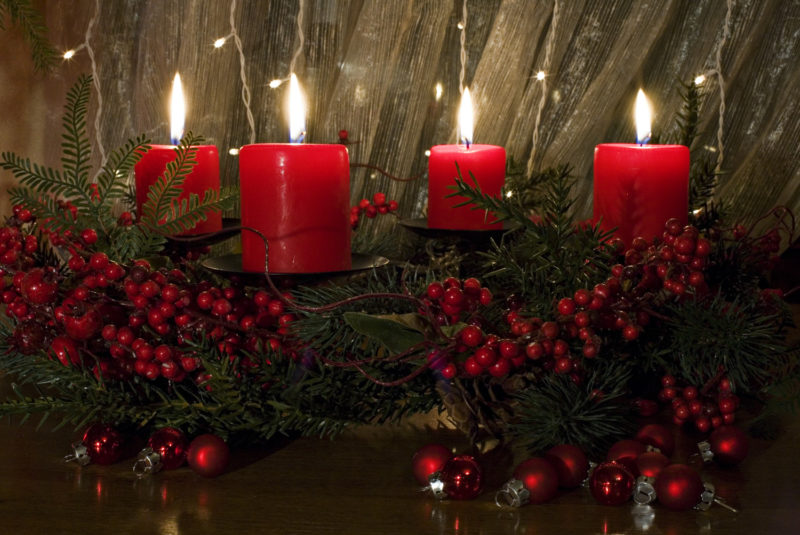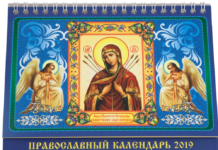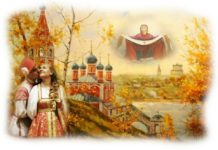Solstice day or solstice - the time of fulfillment of desires, pagan superstition or simply an astronomical date associated with the passage of the center of the sun through the points of the ecliptic. Celebrating this date was accepted among many European nations long before the birth of Christ. In order to have hope for the future, one cannot ignore centuries-old traditions, oblivious to history.
Material Content:
History of the Winter Solstice
Of all the holidays, the winter solstice was considered one of the main in the Ancient World. For nature, this is not a time for hibernation, but a sure step towards spring revival. People celebrated this event joyfully, with songs, a feast and general festivities. Interestingly, the birth of Jesus Christ, the messiah who changed the history of mankind, occurred precisely on the days of the winter solstice.
Know about the special mystical power of the solstice and the dark forces of our world. It was not in vain that Hitler chose the swastika as a symbol of the Third Reich, which was depicted in black on a white background with rays bent clockwise at right angles. A swastika or Kolovrat is a solar symbol depicting the movement of the Sun clockwise or counterclockwise. The meaning of the Kolovrat symbol was associated with the solstice by the Russian neopagans of the 90s of the last century. The word "colo" is translated by them as "sun", but there is no confirmation of this in Slavic languages.
The winter solstice in the ancient world
After the winter solstice, the day increases and the night decreases. The pagan Slavs have been celebrating the solstice for centuries. The ancestors knew and appreciated what is not being given due attention.Then the man was closer to the ground, noticed the charm of changing seasons.
Our ancestors were convinced that this was the direct merit of Kolyada. Therefore, they tried in every possible way to thank nature and congratulate each other on the approaching spring. To do this, the whole family, from small to large, decorated a Christmas tree in the forest. She was decorated with ribbons and simple toys, there was no custom to cut a tree.
The Slavs and the Celts were pagans, and they believed that nature is a huge, lively, animated organism, and all its components must be protected, not to harm in vain.
Beliefs of the summer solstice
Our ancestors believed that with the arrival of the shortest night of the year, the Sun reaches the bottom of the Universe, and takes away all unjustified human hopes and misfortunes. The negativity accumulated over the course of a year is becoming obsolete, it is being reborn with the luminaries updated at dawn into the magical potential of future achievements and blessings. There are many beliefs, customs and rituals associated with this day.
The space on the day of the summer solstice and another 2 days after is filled with energy, you need to learn how to use it for your own good. It is good if there is an opportunity to swim in a natural reservoir - a river, a lake, the sea. The energy of the water will carry healing and renewal.
One of the main folk traditions is to burn a fire on the night of the summer solstice or on Ivan Kupala. From time immemorial, herbs were collected at this time, they acquired a special aroma and healing power, divined and predicted. Fortune telling on this day is considered particularly accurate. Girls weaved wreaths, making wishes, then put them on their heads. Jumped over the fire, let the wreath in the water.
According to ancient Slavic beliefs, a fern flower blooms in the forest on Ivan Kupala, which gives the power to find and get secret treasures. Anyone who picks this flower can become invisible, turn into a beast or a bird.
Signs of the equinox in the summer
Now the days of the summer solstice are especially revered in many esoteric practices. Good magicians say that all thoughts and words, even those accidentally thrown away, will acquire special power.
At this time, it is customary to look closely at signs. If it rained on the summer solstice, it was believed that the harvest would be bad. Favorable was the beginning of new relationships on this day, they could become bright and lasting.
On this day you can not lend, accept gifts, pick up found on the street. Black magicians can use the energy of the day to the detriment. It is necessary to pray for strengthening relations in the family, for health and well-being. Real amulets and talismans are created for the solstice; all handmade objects can become them.
Traditions, conspiracies for the holidays
By tradition, being sad, offended, and cursing at the solstice is a bad omen. This time should be devoted to joy, fun and family feast. An important part of the celebration is fortune-telling, ceremonies of fertility and making wishes. It is believed that any request made by a higher authority with understandable words and with a pure heart will be heard and executed, no special conspiracies are needed.
Traditions of the summer holiday:
- Clothing should be bright and beautiful - red, orange, green.
- You can wear gold jewelry.
- On this day, you need to be happy and chat with friends.
- It is good to have the longest day in nature, walk barefoot through the grass.
The celebration must begin with a prayer of gratitude. Thank God for the light and all the good. You can’t swear, hate and wish for bad. Thoughts should be kind and bright.
Yule rites and rituals
The German peoples had a wheel of the year - an annual cycle of holidays. By tradition, the winter solstice was called yol. This holiday was given not one day, but 12 days and nights.
At this time, bonfires were lit in the fields, people blessed the future harvest, drank alcohol. In the houses, special Yule clay lamps burned. They resembled a turret in shape about 20 cm high, with a candle hole at the top and carved runes.
The houses were decorated with branches of mistletoe, holly and ivy to protect against evil spirits and attract good luck. An important place in the rites was occupied by Yule ash-tree log decorated with three candles. He was taken from the land of the owner of the house or accepted as a gift, but did not buy. They brought the log into the house, poured cider and sprinkled with flour. It was supposed to burn in the fireplace all festive night, and then smolder another 12 nights following the day of the solstice. Then the burnt log was removed, and stored until the next yule.


